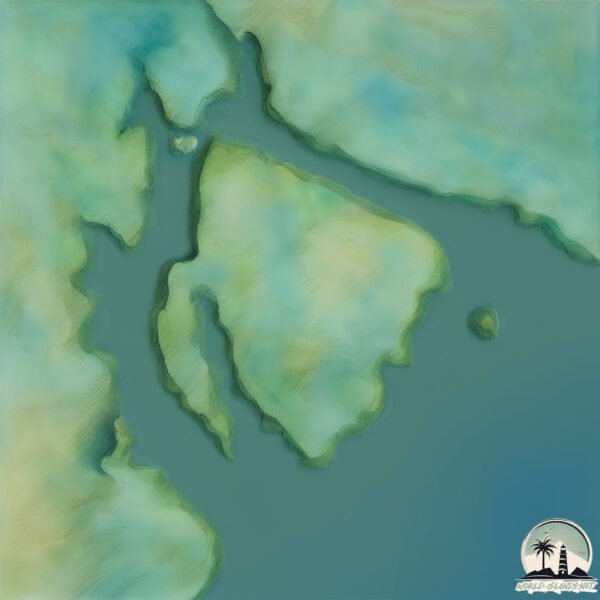Welcome to Hinton , a Temperate island in the The Coastal Waters of Southeast Alaska and British Columbia, part of the majestic Pacific Ocean. This guide offers a comprehensive overview of what makes Hinton unique – from its geography and climate to its population, infrastructure, and beyond. Dive into the details:
Geography and size of Hinton
Size: 5.798 km²Coastline: 20 kmOcean: Pacific OceanSea: The Coastal Waters of Southeast Alaska and British ColumbiaContinent: North America
Hinton is a Small Island spanning 5.8 km² with a coastline of 20 km.
Archipel: –
Tectonic Plate: North America – Covers North America and parts of the Atlantic and Arctic Oceans, characterized by diverse geological features and varying levels of seismic activity.
The geographic heart of the island is pinpointed at these coordinates:
Climate and weather of Hinton
Climate Zone: TemperateClimate Details: Temperate Oceanic ClimateTemperature: Warm Summer
Climate Characteristics: Known for its moderate year-round temperatures with ample rainfall and no dry season. Warm summers are characteristic.
Topography and nature of Hinton
Timezone: UTC-08:00Timezone places: America/Los_AngelesMax. Elevation: 149 m Mean Elevation: 73 mVegetation: Evergreen Needleleaf ForestTree Coverage: 85%
The mean elevation is 73 m. The highest elevation on the island reaches approximately 149 meters above sea level. The island is characterized by Plains: Flat, low-lying lands characterized by a maximum elevation of up to 200 meters. On islands, plains are typically coastal lowlands or central flat areas.
Dominating Vegetation: Evergreen Needleleaf Forest
Vegetation: 4 vegetation zones – Diverse Island
Infrastructure and Travelling to Hinton
Does the island have a public airport? no .
Does the island have a major port? no .
The mean population of Hinton is 0 per km². Hinton is Uninhabited. The island belongs to Canada .
Continuing your journey, Farrant is the next notable island, situated merely km away.
Rum William Hinton: The island, The people, The rum!
William Hinton Rum is a reference for Madeira rum, with products available in over twenty international markets. Experience ...
Rum William Hinton: The island, The people, The rum!
William Hinton Rum is a reference for Madeira rum, with products ...
William Hinton Rum is a reference for Madeira rum, with products available in over twenty international markets. Experience ...
New HINTON Building in Funchal, Madeira Island | Novo Edifício HINTON no Funchal
Funchal, Madeira || Edifício HINTON || HINTON Building Descubra o ...
Funchal, Madeira || Edifício HINTON || HINTON Building Descubra o encanto do empreendimento "Edifício Hinton", localizado na ...
Ratliff Island, Hinton, WV
Passing the time away....
Passing the time away....
Canada is classified as Developed region: G7: Group of Seven – Major advanced economies, including Canada, France, Germany, Italy, Japan, the United Kingdom, and the United States. The level of income is High income: OECD.
News – Latest Updates and Headlines from Hinton
Stay informed with the most recent news and important headlines from Hinton. Here’s a roundup of the latest developments.
Loading...
Please note: The data used here has been primarily extracted from satellite readings. Deviations from exact values may occur, particularly regarding the height of elevations and population density. Land area and coastline measurements refer to average values at mean high tide.

